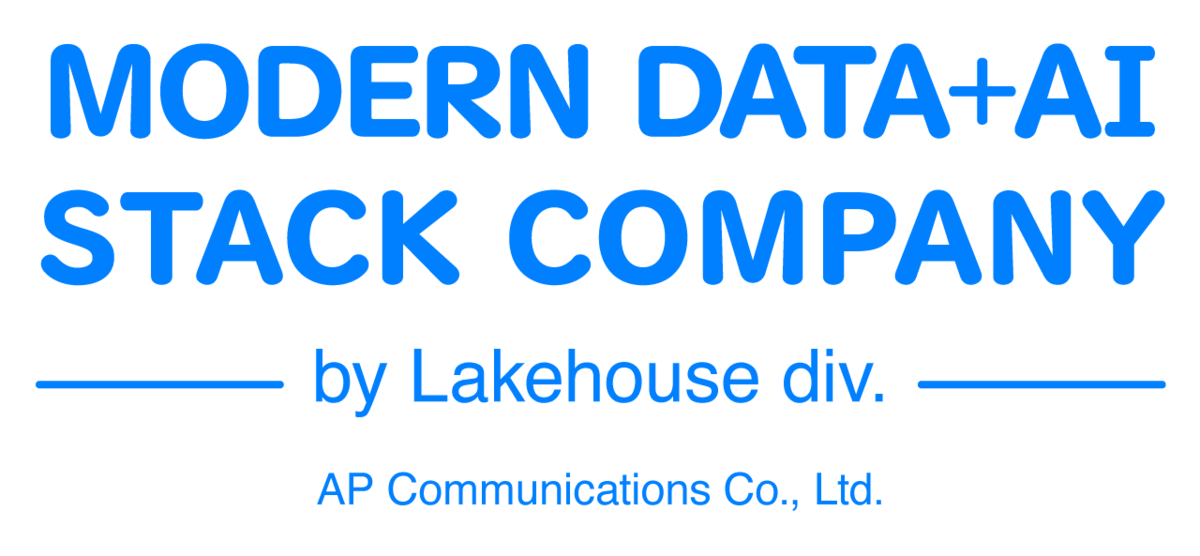Unity Catalog: A New Tool for Centralizing Data and AI Governance
This is Johann from the Global Engineering Department of the GLB Division.
Hello everyone. Today, I bring you an intriguing talk on data and AI governance. The presentation, titled "A Technical Deep Dive into Unity Catalog's Practitioner Playbook," was delivered by Zeashan Pappa, an experienced product leader at Databricks, and Ifigeneia Derekli, a data technology expert. The theme and purpose of this talk were to provide a detailed explanation of data and AI governance using Unity Catalog. Unity Catalog is an integrated governance layer for data and AI, and I will explain its role within the Lakehouse platform. Key points of interest for the audience include the relationship between Unity Catalog and cloud providers, data registration and security, data search and lineup features, the potential for open data sharing, and the usage and architectural patterns of Unity Catalog. This blog post is the first part of a three-part series. So, let's dive right into Unity Catalog.
Introduction to Unity Catalog and Its Role
First, let's delve into what Unity Catalog is and its role. Unity Catalog functions as an integrated governance layer for data and AI. It plays a crucial role within the Lakehouse platform. With Unity Catalog, data and AI governance are centralized, resulting in significantly improved data management efficiency. Unity Catalog offers powerful features such as:
Unified Visibility: It allows for a centralized view of all data and AI activities.
Access Control: It enables strict management of who can access which data.
Lineage Tracking: It allows for tracking the origin and evolution of data.
Enhanced Search Capabilities: It enables efficient data search.
Monitoring: It allows for real-time monitoring of data usage.
Data Sharing: It enables sharing of necessary data with the right people.
With these features, Unity Catalog becomes a powerful tool for centralizing data and AI governance. The role of Unity Catalog is to centralize data and AI governance and provide unified visibility, access control, lineage tracking, enhanced search capabilities, monitoring, and data sharing. This leads to significantly improved data management efficiency and maximizes the value of data utilization. With Unity Catalog, data and AI governance are centralized, resulting in significantly improved data management efficiency. This maximizes the value of data utilization, making it a powerful tool to support business growth. In the next blog post, we will delve into the relationship between Unity Catalog and cloud providers. We will provide a detailed explanation of the correlation between Unity Catalog and cloud providers, especially Azure, AWS, and Google Cloud. We will also explain the concepts of catalog, metastore, Unity Catalog, and workspace in the context of Databricks. Stay tuned!
Conclusion
This content based on reports from members on site participating in DAIS sessions. During the DAIS period, articles related to the sessions will be posted on the special site below, so please take a look.
Translated by Johann
Thank you for your continued support!
